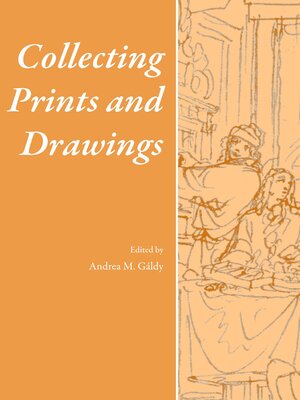
Sign up to save your library
With an OverDrive account, you can save your favorite libraries for at-a-glance information about availability. Find out more about OverDrive accounts.
Find this title in Libby, the library reading app by OverDrive.



Search for a digital library with this title
Title found at these libraries:
| Library Name | Distance |
|---|---|
| Loading... |
Cabinets of prints and drawings are found in the earliest art collections of Early Modern Europe. From the sixteenth century onwards, some of them acquired such fame that the necessity for an ordered and scientific display meant that a dedicated keeper was occasionally employed to ensure that fellow enthusiasts, as well as visiting diplomats, courtiers and artists, might have access to the print room. Often collected and displayed together with drawings, the prints formed a substantial part of princely collections which sometimes achieved astounding longevity as a specialised group of collectibles, such as the Florentine Gabinetto Disegni e Stampe at the Uffizi (GDSU).Prints and drawings, both bought and commissioned, were collected by princes and by private amateurs. Like the rest of their collections, the prints and drawings were usually preserved and displayed as part of, or near, the owner's library in close proximity to scientific instruments, cut gems or small sculptural works of art. Both prints and drawings not only documented an encyclopaedic approach to the knowledge available at the time, but also depicted parts of the collections in the form of a paper museum. Prints and drawings also served as a guide to the collections. They spread their fame, and the renown of their owners, across Europe and into new worlds of collecting, both East and West.This volume explores issues such as: when, how and why did cabinets of prints and drawings become a specialised part of princely and private collections? How important were collections of prints and drawings for the self-representation of a prince or connoisseur among specialists and social peers? Is the presentation of a picture hanging in a gallery, for example by Charles Eisen for the Royal Galleries at Dresden, to be treated as documentary evidence? Are there notable differences in the approach to collecting, presentation and preservation of prints and drawings in diverse parts of the world? What was the afterlife of such collections up to the present day?







